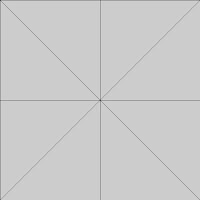The first project of DSDN112 requires us to explore at least one of the five human senses of sight, taste, touch, hearing and smell.
It is important to know a bit about each sense, for example, where in the human body are there sensory areas.
.Touch or feeling can happen anywhere in the body where there are nerves, most obviously the hands but even the feet, scalp, knees, etc. Touch is also responsible for pain.
.Sight happens primarily in the eyes, it is assumed that all humans can see only the light spectrum which includes colours from violet to dark red.
.Hearing happens in the ears and may change over time as people lose their ability to hear certain frequencies of sound.
.Smell occurs in the nose. The nose can smell the difference between hundreds of different substances
.Taste occurs on the tongue. There are only five tastes, bitterness, saltiness, sourness, sweetness and umami.
During our studio time we were asked to come up with some interesting sensory experiences that we had experienced. These could be positive or negative. I came up with several:
The worst thing that I have experienced smelling was a dead, rotting pig that was washed up on the beach.
Sherbert can be so strong that when eating it it is so sour that ones face may cringe or shrivel and tears can be brought to ones eyes, how is it that some people love this sensational experience but others dislike it?
I think it is interesting that things such as music can appeal to some people but not to others. In this project I would like to explore things that some people like but others do not. One example of this is music from the band Korn; at first I disliked it, it was just noise to me, but now when I am in the mood to listen to heavy music I like it. My parents still don't like it.
Other areas that I could explore could be to do with textures of food when it is eaten.
When searching smell into google I found a device known as the Nasal Ranger which is used for measuring smells. Who Knew?
 |
| Nasal Ranger |




































